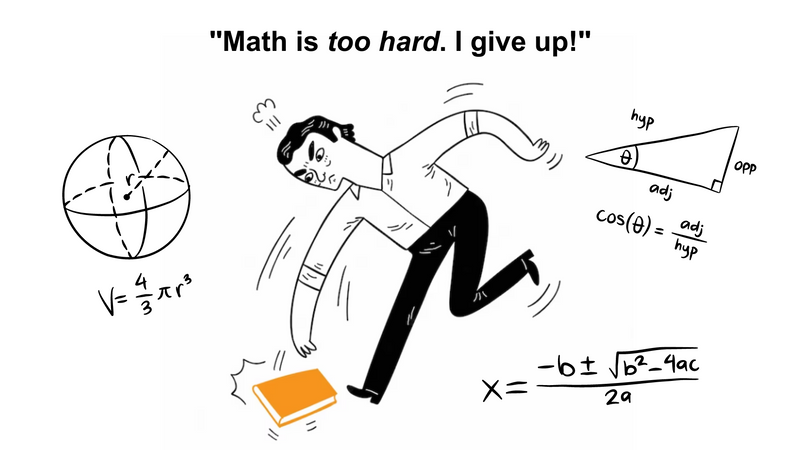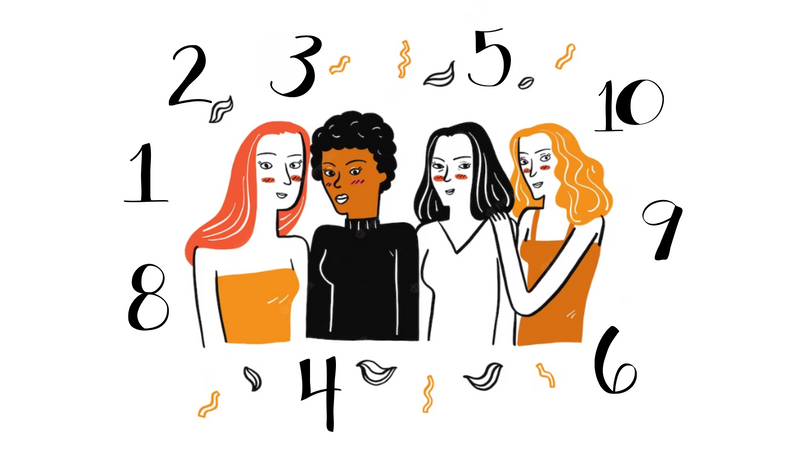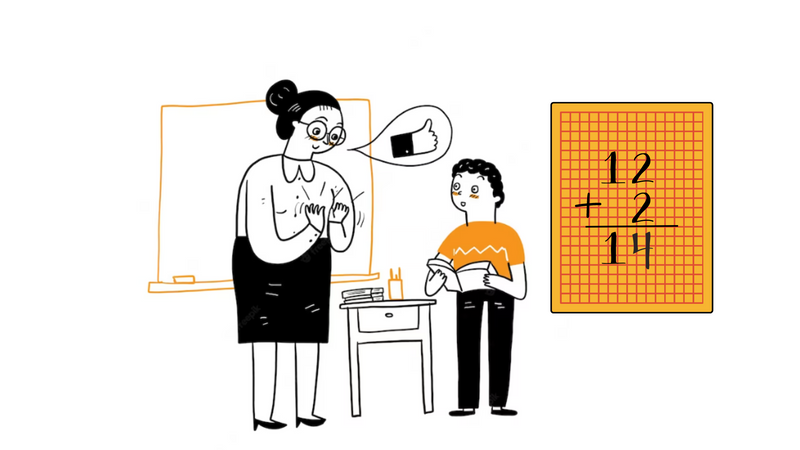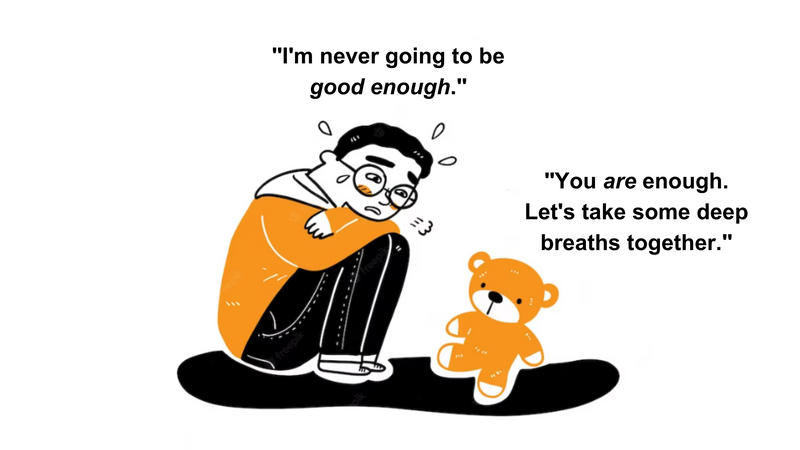
Image by iwat1929 on Freepik. Graphic elements by sketchifyedu on Canva. Designed and written by Byte author.
Have you noticed a learner in your life is having issues with math, struggles to follow the exact measurements in a recipe, or ends up being late to everything?
On the outside, it may look like they're "not smart enough", "lazy", or "angry for no reason", but it may be deeper than that. They may be experiencing challenges with a developmental learning disability called dyscalculia, also known as "dyslexia for numbers".
Creating an equitable, safe classroom that embraces all learners isn't easy, but you do not need to be perfect or know everything to get started.
What is dyscalculia?

Image by iwat1929 on Freepik. Graphic elements by Canva on Canva. Designed by Byte author.
Developmental dyscalculia (DD), or dyscalculia, is a specific learning disorder where a person has mathematical skills below the expected skills for their age group.
The learner may have challenges with:
retrieving math facts, such as adding, subtracting, multiplying, or dividing
math calculations and reasoning
reading, understanding, and interpreting numbers
Dyscalculia is known as an "invisible disability". This means that it's a disability that can't be seen on the outside by just looking at someone, which may cause misunderstandings, judgment, and false perceptions of a person.
How does dyscalculia impact a learner's life?

Image by iwat1929 on Freepik.
A person with dyscalculia may have challenges at home with:
measuring quantities for baking or cooking recipes
using money, such as bills or coins
time management calculations to get ready on time
remembering and calling phone numbers for appointments or support

Image by iwat1929 on Freepik. Written by Byte author.
A student with dyscalculia may have in-class difficulties, like:
measuring precise or accurate quantities for assignments, such as experiments
interpreting data, like graphs and charts
estimating the time it takes to complete an assignment, quiz, or exam
understanding test results and calculating their grade in the class
How do I support learners with dyscalculia?

Image by iwat1929 on Freepik. Written by Byte author.
Learners with dyscalculia are not any less intelligent. They have different needs. Having access to the right classroom supports can set them to thrive and succeed in a more equitable classroom.
Be supportive during activities and do the following:
Use more visual or auditory materials
Provide graphing paper to line up numbers
Use problems that apply to daily life
Create uncluttered worksheets
Make time for supervised group practice
Allow the use of calculators
Extra time to complete tests
Hand out a formula sheet
Provide additional accommodations

Image by iwat1929 on Freepik. Graphic elements by sketchifyedu on Canva. Designed by Byte author.
Be supportive by going over transferrable life skills like:
Spending time to practice self-compassion together
Learning how to be less judgmental with your students during group work
Growing as a mentor by being a better listener to a learner's accommodation needs
Quiz
Paulita (she/her) is a new exchange student from Mexico and often needs more time to complete the daily math worksheet. As a teacher, what are some strategies you can use to support her in your 7th grade math class? Select all that apply:
How do I help students deal with the anxiety and stress of math?
 Image by iwat1929 on Freepik. Written by Byte author.
Image by iwat1929 on Freepik. Written by Byte author.
On the outside, it may look like a child who struggles with numbers is "too emotional" or just not trying hard enough. It's easy to say "just get over it," but that's usually not helpful and is not supportive.
Learners with dyscalculia often experience:
agitation and anger towards math assignments
stress and fear of going to school or asking for help
anxiety or panic at home or during class
bullying and low self-esteem for being different

Image by iwat1929 on Freepik.
Think about a time you took a class and thought you were going to fail an important test, stopping you from finishing the class or even graduating. It stinks!
Try helping students manage math anxiety before a test or quiz by:
Doing a 1-minute breathing exerciseto try to get calmer and focus
Use a few positive math affirmation statements together to boost confidence
Giving scrap paper to write down any racing thoughts to concentrate on math
Take Action
 new Image by iwat1929 on Freepik. Written by Byte author.
new Image by iwat1929 on Freepik. Written by Byte author.
Put your new skills into practice and support someone with dyscalculia!
Your feedback matters to us.
This Byte helped me better understand the topic.
